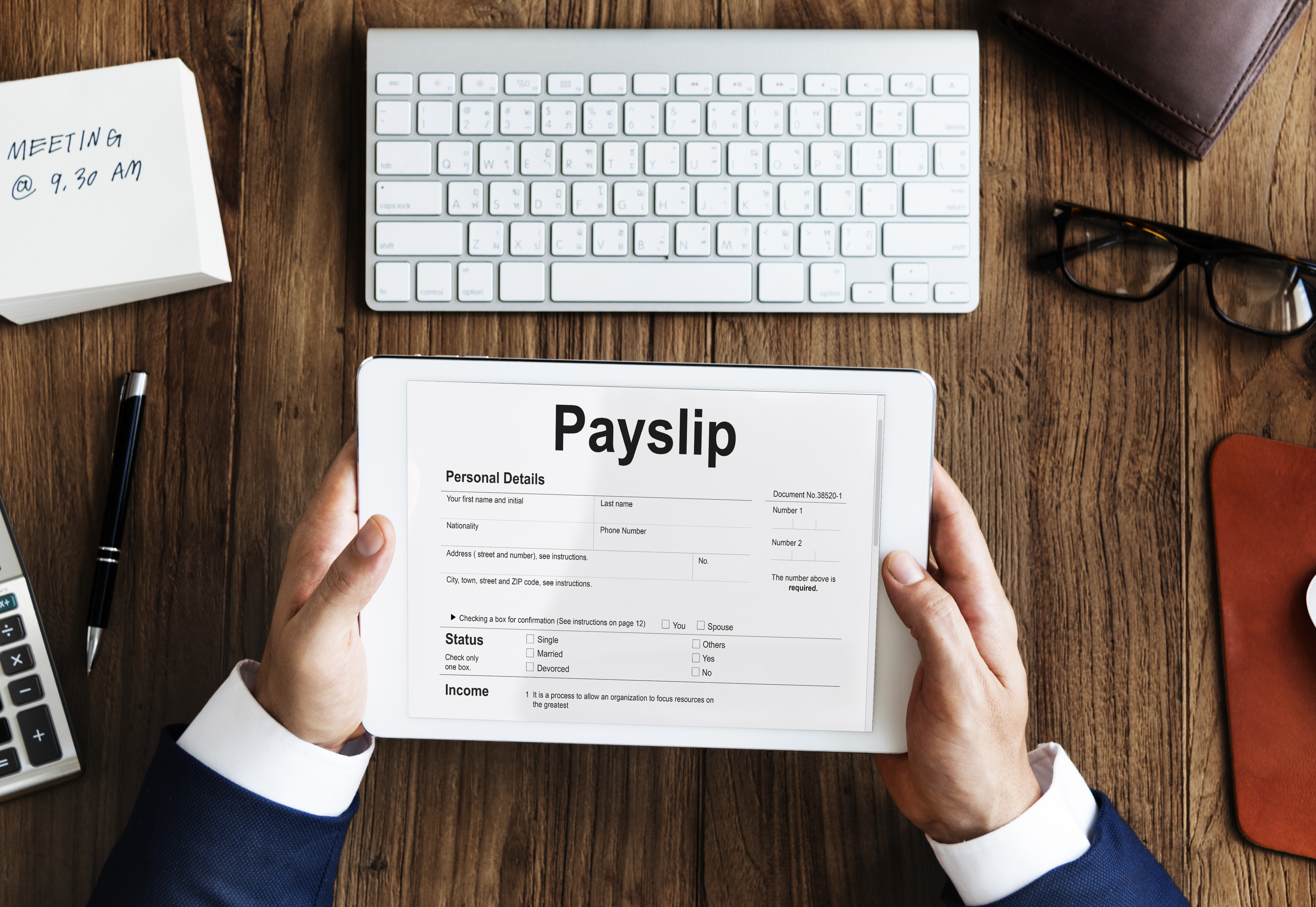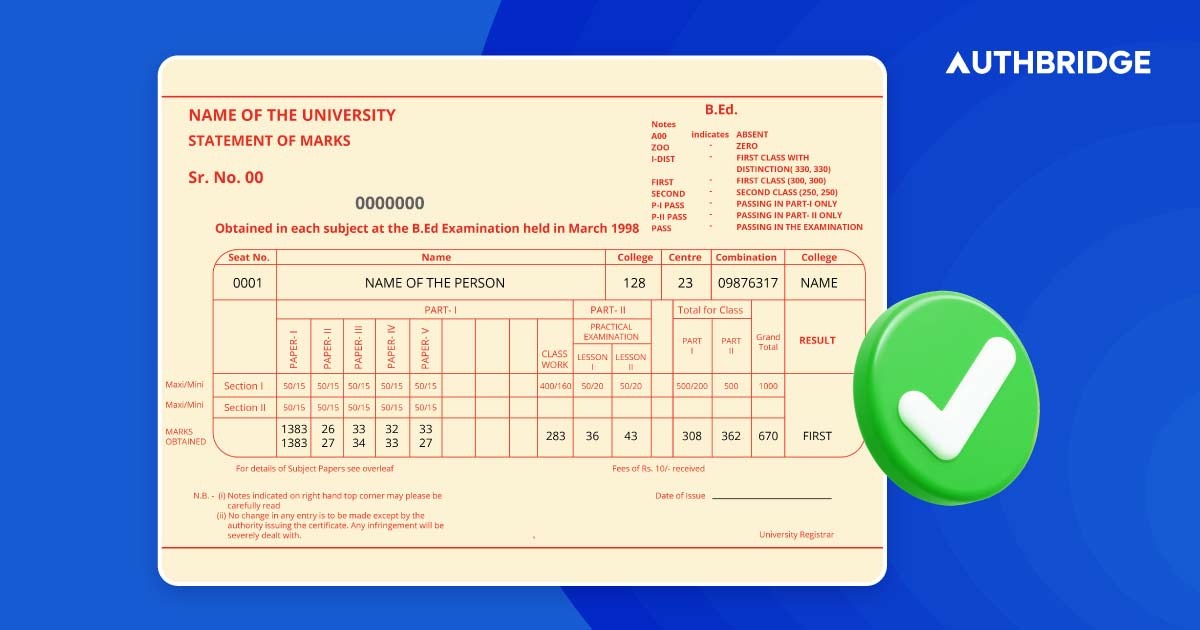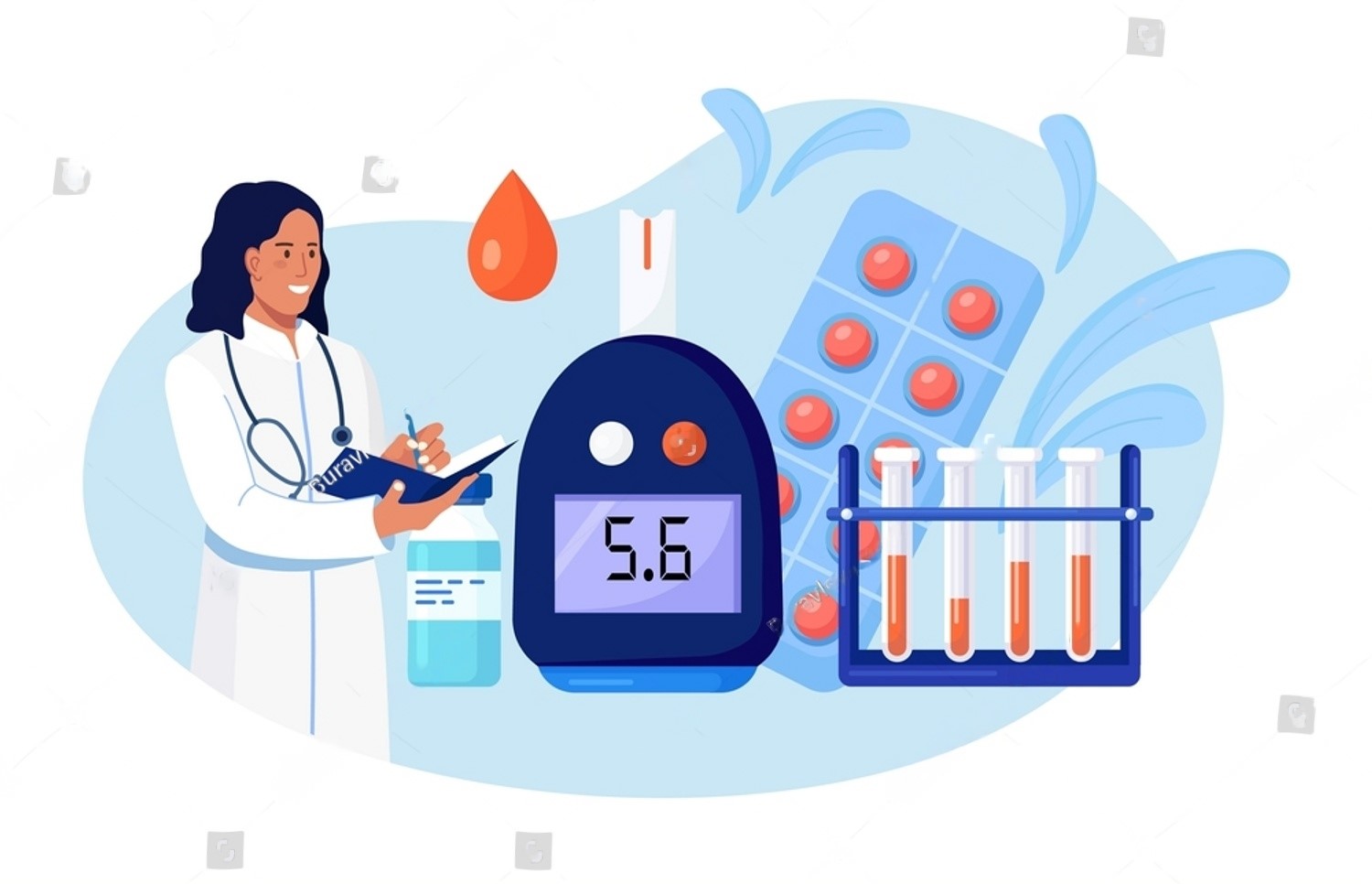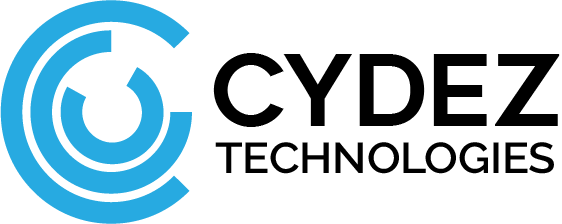1. Previous Employment Verification
This process involves contacting a candidate's former employers to
confirm
details such as job title, responsibilities,
employment duration, reasons for leaving, and overall performance.
It helps
employers ensure that the candidate's work
history is accurate and that they have the experience they claim.
To confirm the authenticity of the candidate’s professional
background, assess
their reliability, and identify any
discrepancies in employment history.

2. EPF (Employees’ Provident Fund) Verification

EPF verification checks whether a candidate has an active and
accurate
Provident
Fund account with contributions made by
their previous employers. This involves reviewing records from the
EPF
Organization to ensure that the contributions
made are in line with employment tenure and earnings.
To verify the legitimacy of the candidate’s employment history and
assess
their
financial integrity, as EPF
contributions directly correlate with employment duration and
salary.
3. ITR (Income Tax Return) Verification
This involves verifying a candidate's filed Income Tax Returns to
confirm their
declared income during previous
employment. Employers may request ITR records to ensure that the
financial
details provided by the candidate match their
tax filings.
To validate the candidate's income claims, ensuring consistency
between
the
candidate's salary and tax declarations, and
to assess overall financial transparency.

4. Payslip Verification

Payslip verification involves checking the accuracy of a candidate's
salary
slips from previous employers. This includes
verifying earnings, deductions, and bonuses, which provides insight
into the
candidate’s compensation history.
To confirm the candidate’s salary details, detect any falsified
information,
and
establish the financial credibility of
the candidate.
5. Experience Letter Verification
This process involves validating the experience letter provided by a
candidate.
The experience letter is usually issued
by the former employer and outlines the candidate’s role, employment
dates, and
performance.
To confirm the candidate’s job experience, verify employment dates,
and ensure
the legitimacy of their tenure at
previous organizations.

6. Certificate & Marks Verification

This step involves verifying the candidate's educational
certificates,
degrees,
and academic transcripts to ensure that
their qualifications and grades are accurate and authentic. This
process
includes reaching out to educational
institutions and checking against official records.
To confirm the candidate's educational background, ensuring they
meet
the
necessary qualifications for the role, and to
prevent the submission of fraudulent academic credentials.
7. Address Verification
Address verification ensures that the candidate’s residential
address is
accurate. This is typically done by contacting
the landlord, neighbors, or visiting the residence. It ensures that
the
address
provided by the candidate is legitimate
and current.
To verify the candidate’s residence for background checks, legal
documentation,
and potential communication purposes,
and to ensure the information is not fraudulent.

8. Police Clearance Certificate (PCC)

A Police Clearance Certificate is an official document issued by law
enforcement
authorities certifying that an
individual has no criminal record. This verification involves
running a
background check on the candidate’s criminal
history through police records.
To ensure the candidate has a clean criminal background and poses no
legal or
security risks to the organization.
9. Medical Check-Up
A medical check-up is part of the pre-employment screening process
to evaluate
the candidate's physical and mental
health. This typically includes general health assessments, blood
tests, and
screenings for pre-existing conditions.
To ensure the candidate is physically and mentally fit for the job,
meet any
health-related job requirements, and reduce
the risk of workplace injuries or health concerns.

10. Drug Test

A drug test checks for the presence of illegal substances or drugs
in
the
candidate’s system. This is conducted through
blood, urine, or hair follicle testing, and it ensures the candidate
is
free
from substance abuse issues.
To confirm that the candidate is drug-free, promoting a safe and
productive work
environment, and preventing potential
risks associated with drug use in the workplace.









